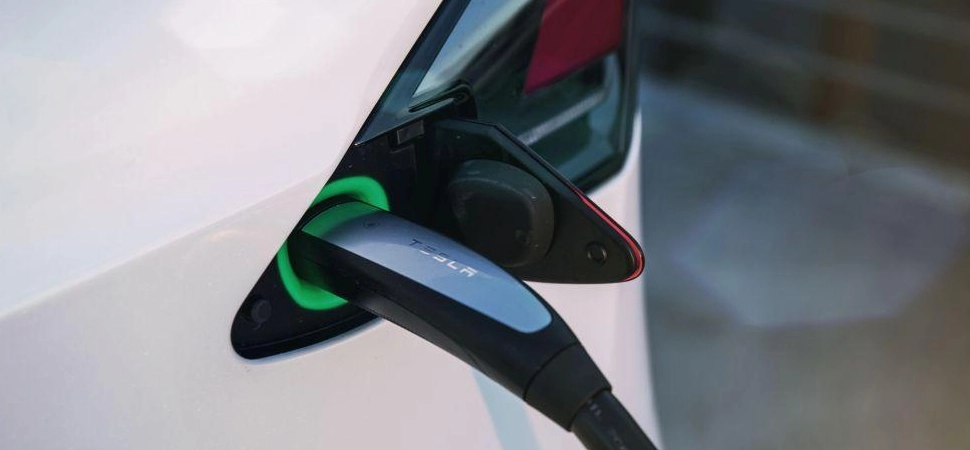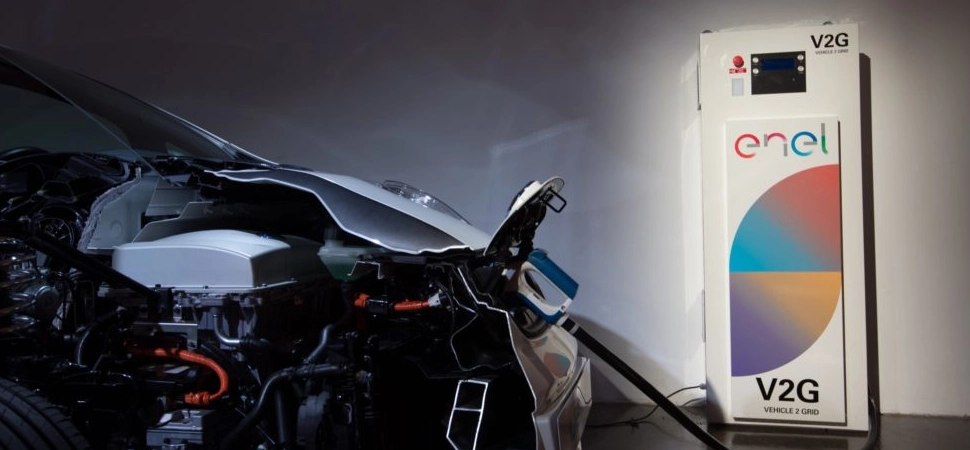Tesla the iconic brand focused on automobile and clean energy manufacturing has become the world's largest automobile industry. Dedicated EV charging infrastructure and technologies are gaining attention, highlighting several trends that could dramatically change the transportation landscape in the future. These trends - from the expansion of ultra-fast charging station networks to the integration of renewable energy sources - aim to raise standards of convenience, efficiency and environmental responsibility.
Charging infrastructure development
Significant expansion of electric vehicle charging infrastructure is critical to support the expected growth in electric vehicle ownership. The scale of this global effort is evidenced by the projected increase in the number of public charging stations from 5.8 million in 2024 to more than 23 million in 2034. In addition to expanding infrastructure, this development will make charging stations more accessible and convenient for drivers by placing them in a variety of locations, such as office buildings, residences, busy urban centers, and even rural areas.
Such a wide network is necessary to alleviate concerns about range, which remains one of the main barriers for the electric vehicle industry to EV adoption. According to our report on the world's leading electric vehicle industries in 2024, many countries are benefiting from both public and private sector investment in deploying EV charging infrastructure. In addition, regulations and incentives are being introduced to support this expansion.

Ultra-fast charging technology
With significantly reduced charging times, ultra-fast technologies are rapidly transforming the electric vehicle market. In just a few minutes, these chargers can increase the range of electric vehicles by several hundred kilometers, making them more suitable for everyday use and long-distance travel. This technology is revolutionary for both public and commercial charging stations, especially when time is of the essence. Companies like Tesla, starting this spring, will gradually allow electric vehicle drivers to access charging stations using adapters provided by their automakers as the vehicles transition to the North American Charging Standard (NACS). NACS charging connectors will soon become standard on all new electric vehicles, eliminating the need for adapters.
Fast charging stations for electric vehicles are expected to proliferate as electric vehicle charging infrastructure develops and battery technology improves. This will increase the appeal of electric vehicles to consumers seeking efficiency and convenience.
Vehicle-to-Grid (V2G) technology
Electric vehicles will be turned into mobile energy storage devices using V2G technology, which will enable them to supply electricity to the grid during periods of peak demand. According to Global Market Insights, the vehicle-to-grid market, which was valued at 3.1 billion dollars in 2023, will grow at a compound annual growth rate (CAGR) of over 50% from 2024 to 2032, driven by the increasing integration of renewable energy sources.
With smart charging and grid services, V2G technology represents a symbiosis between the energy sector and the automotive industry. It allows cars to act as mobile energy storage, maintaining the reliability of the power grid and promoting the use of green energy.

Filterless charging system
The increasing use of inductive or wireless charging systems provides electric vehicle owners with a seamless and convenient charging experience. Wireless charging makes it easier to integrate electric vehicles into everyday life by eliminating the need for cables and plugs. This technology is particularly interesting for residential garages, public parking lots, and even dynamic charging, which allows vehicles to be charged while driving on roads with the necessary infrastructure. The growing adoption of wireless charging technologies is expected to increase the ease of owning and operating an electric vehicle by reducing costs and improving system efficiency.
Reducing the cost of electric vehicles
Improvements in battery technology and economies of scale are key factors contributing to lowering the cost of electric vehicles. For example, Hyundai plans to spend more than 50 billion dollars on electric vehicles in South Korea. If costs in the electric car market come down, as Reuters predicts, the number of new electric car owners is likely to increase.
Electric cars are expected to become increasingly competitive with conventional vehicles with internal combustion engines as batteries become more affordable and efficient. This trend is critical to the widespread adoption of the electric vehicle industry as it removes one of the biggest barriers - initial cost. Lower electric vehicle prices are expected to lead to a surge in EV ownership worldwide, complemented by the development of charging infrastructure and technological breakthroughs in this area.
What is the future of charging stations for electric vehicles
All of these developments, point to an era where electric vehicles will not only be widely used on the roads, but also fully integrated into the global energy grid, helping to make the world more efficient and sustainable, thus providing a more enjoyable living environment.
The integration of renewable energy, technological innovation and a focus on grid stability and customer convenience will shape the future of electric vehicle charging stations. These advances will help accelerate the transition to electric vehicles and achieve more global environmental goals.




Comments